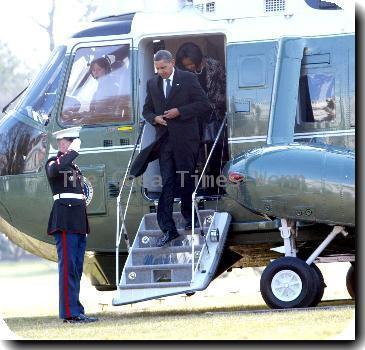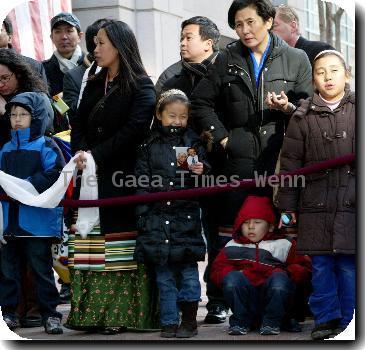While more optimistic about war in Afghanistan, Pentagon officials warn of possible setbacks
By Anne Gearan, APWednesday, May 5, 2010
Officials predict higher casualties in Kandahar op
WASHINGTON — When record numbers of U.S. troops confront the prized Taliban stronghold of Kandahar this summer, higher casualties will likely result, the chairman of the House Armed Service Committee predicted Wednesday, and top Pentagon officials didn’t disagree.
Kandahar, the southern city partly controlled by militants, is expected to test the Obama administration’s revamped counterinsurgency strategy far greater than this spring’s smaller offensive in Helmand province.
“Our adversaries are intelligent and adaptable, and we will need to continuously refine our own tactics in response,” Defense Undersecretary Michele Flournoy said during testimony before chairman Rep. Ike Skelton, D-Mo., and other members of the Armed Services Committee.
Although violence is up, partly because of the larger numbers of U.S. troops in the country, Flournoy and Lt. Gen. John Paxton gave their most upbeat assessment of the war in Afghanistan in months while warning of possible setbacks.
“I’m cautiously optimistic,” Flournoy said. “The insurgency is losing momentum.”
Paxton gave the Kandahar operation a name Wednesday: Operation Hamkari, which translates as “cooperation.”
The war to displace a persistent Taliban is now in its ninth year, and even strong supporters of the effort say staggering amounts of time and money have been wasted. The Obama administration ordered a top-to-bottom reorganization of the war effort and a major increase in U.S. forces.
About half of the 30,000 additional forces ordered by President Barack Obama last year are in place and by the end of summer some 98,000 U.S. forces will be in Afghanistan.
In recent months Defense Secretary Robert Gates and other senior defense leaders have said little more than that they saw some signs of improvement in a war that was stalemated in much of the country. Last month, Gen. David Petraeus predicted that 2010 would be the year that the U.S.-dominated international force in Afghanistan reversed the slide.
Flournoy and Paxton ticked off examples of what they called successes or encouraging signs, including what they described as greater goodwill from ordinary Afghans toward their government and foreign forces.
Paxton said there was a sharp increase in the number of tips to U.S. forces about the location of homemade bombs during this spring’s operations around the districts of Marjah and Nad Ali in Helmand province.
Some of the assessments put the best possible face on a war that top military leaders say is at a tipping point.
Flournoy said that of 121 key regions of Afghanistan examined by the NATO-led international force in December, 60 were considered sympathetic or neutral to the Afghan government. By March, the number had climbed to 73 districts, she said.
A Pentagon report to Congress last week broke out those numbers more precisely, and in a less flattering light.
It found that there were no districts where the Afghan government held full control and where the local population completely supported the NATO-backed central government.
In 29 other districts, Afghans sympathized with their leaders in Kabul, while in 44 the population was neutral. The rest either supported or sympathized with the insurgency.

